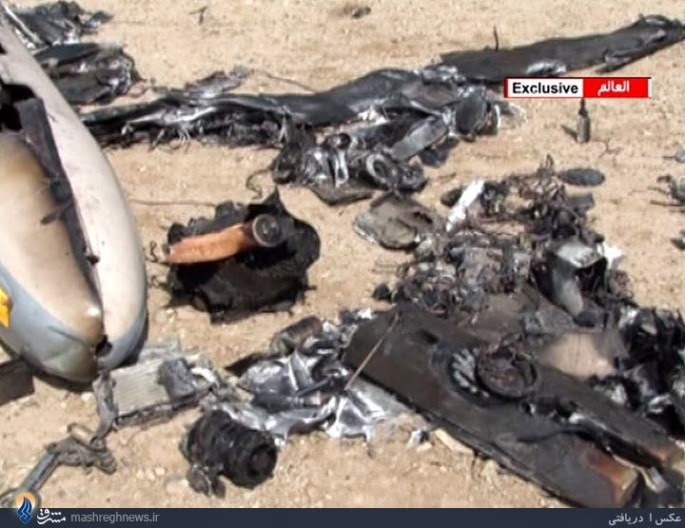Premier exportateur de drones devant les Etats-Unis, Israël continue de remporter de jolis succès à l’étranger, malgré un environnement plus concurrentiel. Voilà une dizaine de jours, l’agence d’armement de la Corée du Sud a annoncé son intention d’acquérir trois drones Heron du champion national, Israel Aerospace Industries (IAI), pour répondre à ses besoins sécuritaires. Une commande estimée à 36,5 millions de dollars (30 millions d’euros).
Séoul avait déjà fait affaire avec le groupe israélien pour se doter d’avions sans pilote de type Searcher, mais il s’agirait de son premier achat de drones MALE (moyenne altitude longue endurance). Et du vingtième marché à l’export, pour le système Heron, le produit best-seller de la division MALAT (avions sans pilote d’IAI), qui a servi de base au drone Harfang en service en France.
Pionnier du secteur, le fabricant n’est pas le seul groupe israélien à continuer de marquer des points. En juin, c’était au tour du Département de la défense suisse de faire savoir qu’il avait retenu le drone MALE Hermes 900 construit par l’entreprise de Haïfa, Elbit Systems.
Un contrat évalué à 250 millions de francs suisses (205 millions d’euros). Dans le cadre du programme d’acquisition d’armes 2015, ces drones de reconnaissance non armés remplaceront d’ici à 2020 les drones ADS 95 Ranger utilisés par les forces armées suisses depuis 2001. Ils étaient en compétition avec les Super Heron d’Israel Aerospace Industries (IAI).
Deux exemples parmi d’autres de la vitalité de la filière drone israélienne. Cette industrie a totalisé 4,6 milliards de ventes à l’international, entre 2015 et 2012, selon une étude de cabinet Frost & Sullivan, ce qui la classe au premier rang mondial devant les Etats-Unis (2,9 milliards de dollars), très orientés vers leur marché domestique. Pour autant, l’Etat hébreu doit lutter pour garder son avance historique.
L’an passé, plusieurs pays européens – dont la France – ont préféré acquérir des avions sans pilote américains Reaper (General Atomics) pour le renouvellement de leur flotte de drones stratégiques. Plutôt que de se fournir en Heron TP, le dernier né d’IAI, qui n’a pas encore trouvé son premier client à l’export.
Au sein de la firme israélienne, on tente toutefois de minimiser cette déconvenue. « Peu de pays peuvent se permettre de s’offrir un système de drone stratégique », glisse un responsable. D’autant qu’IAI n’a pas totalement renoncé au marché français. Le groupe israélien tente en effet de rentrer dans la compétition française « restreinte » pour le futur système de drone tactique organisée par la DGA, qui comprend les offres de Thales et Sagem.
Associé à l’industriel français Latécoère, il a soumis une proposition non sollicitée qui s’appuie sur le drone Pelerin, un dérivé du Heron, répondant aux besoins de l’armée de terre. Mais la partie s’annonce d’autant plus difficile, sur ce marché très concurrentiel, que le groupe israélien doit trouver un mandataire tricolore.





































